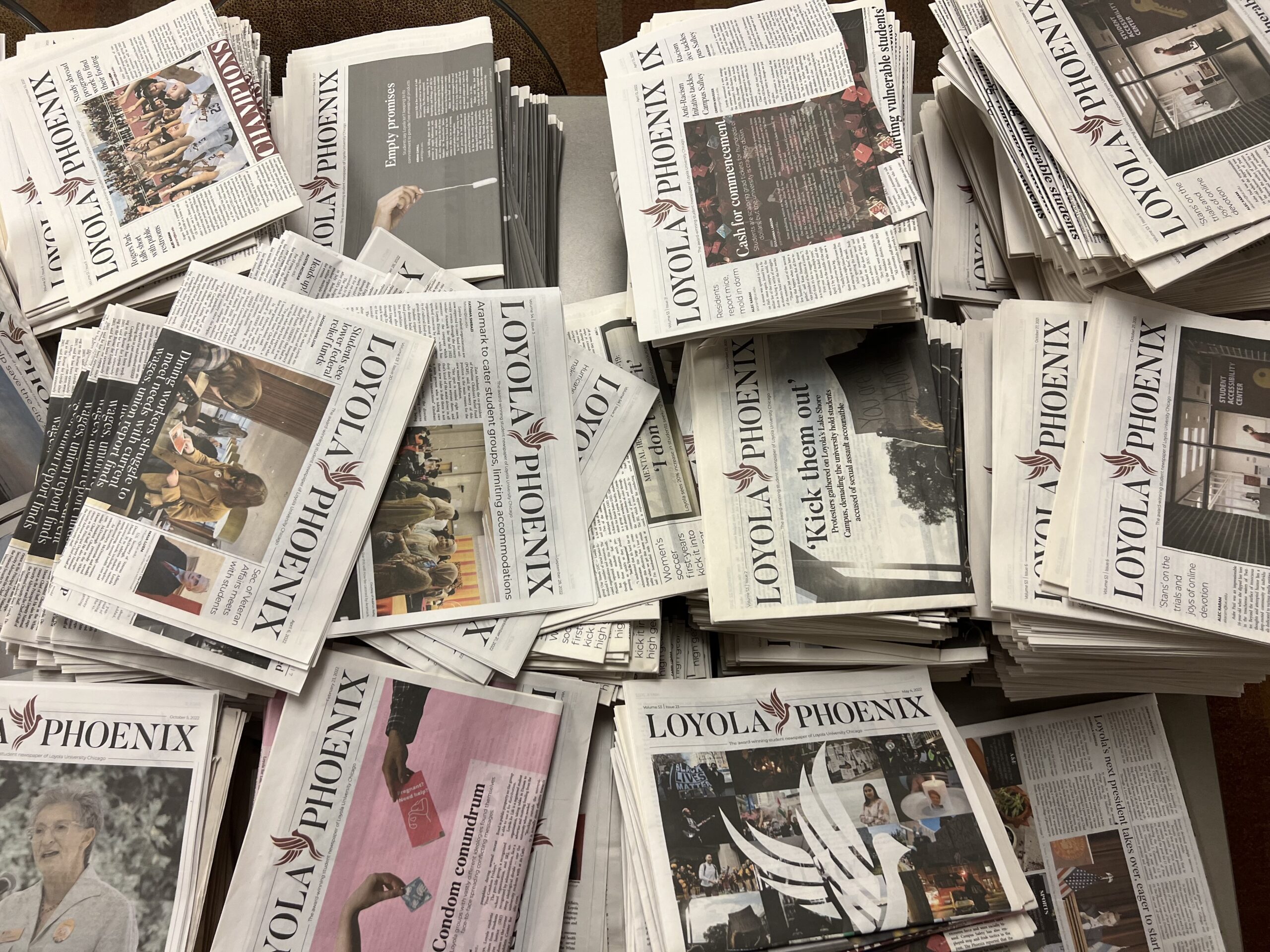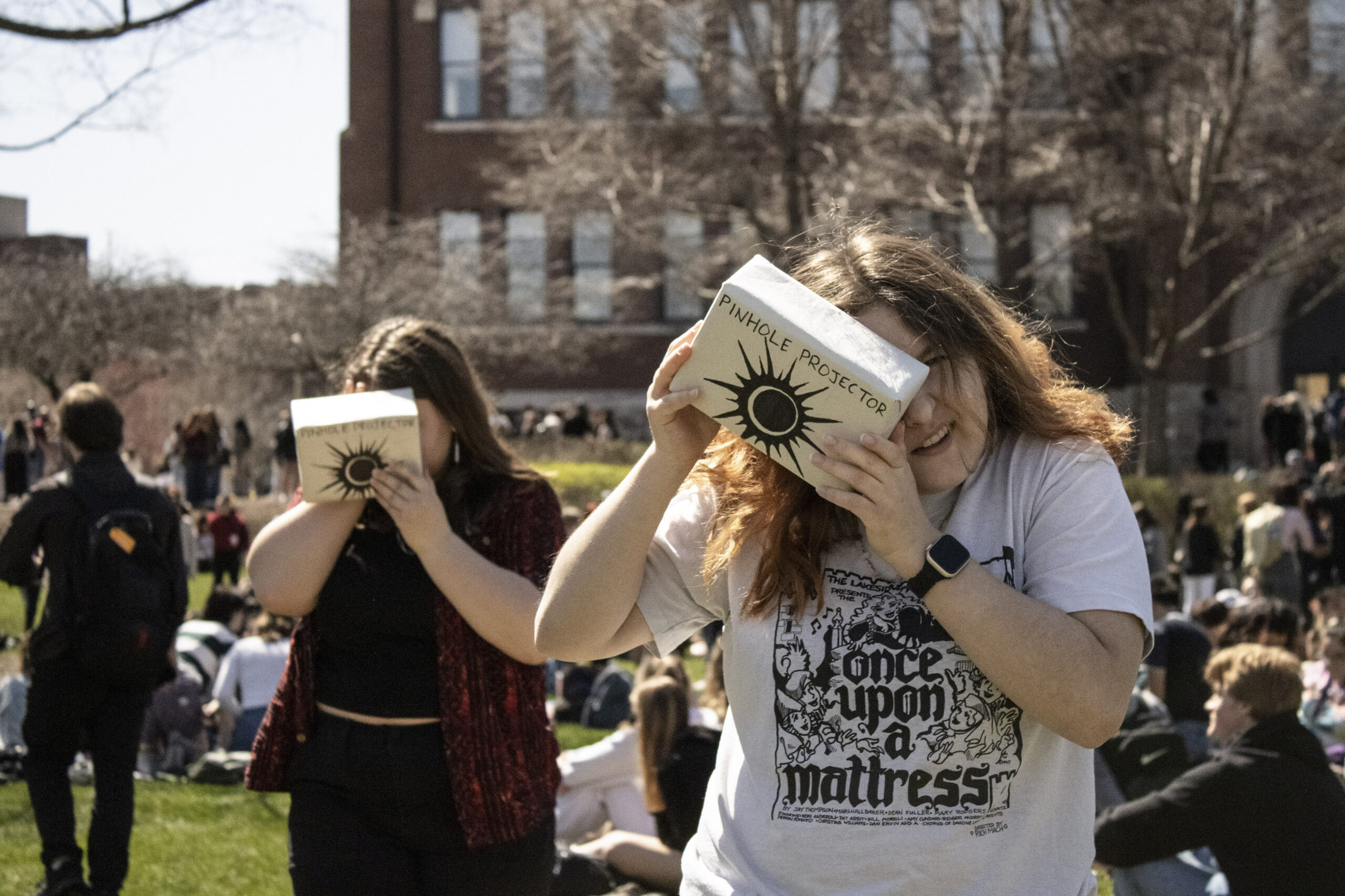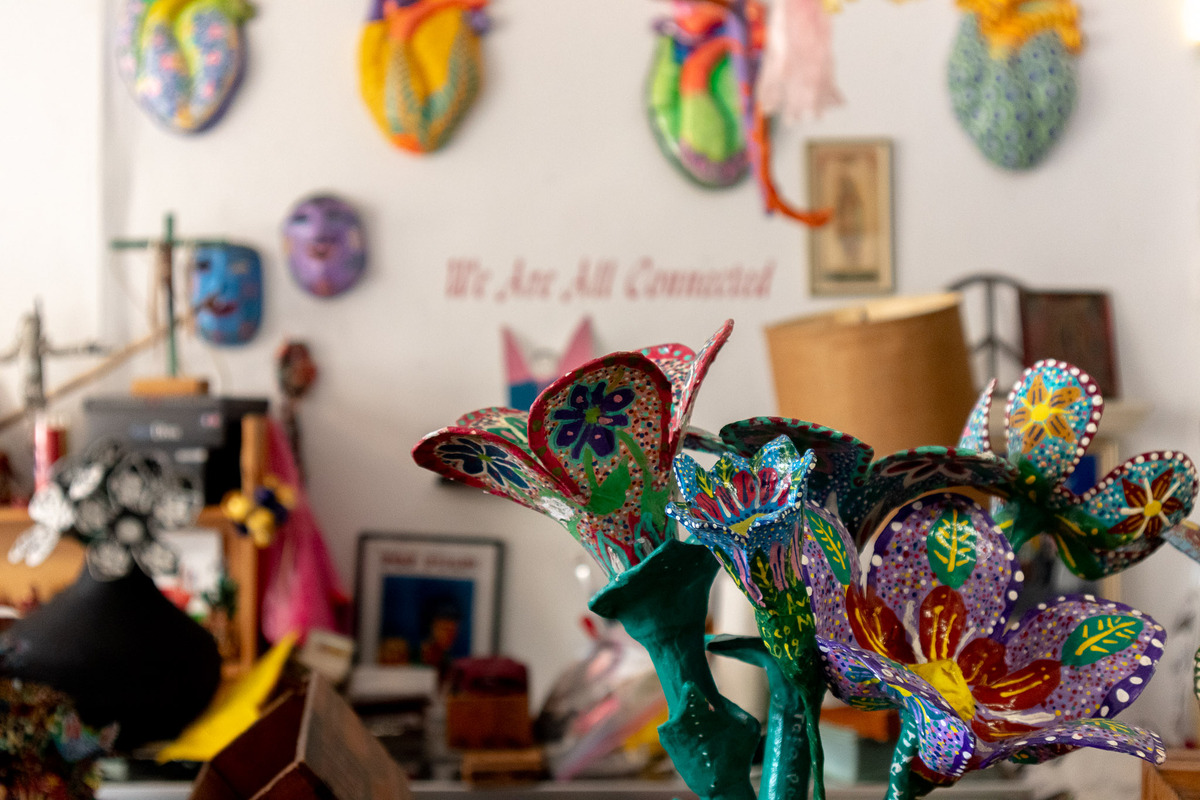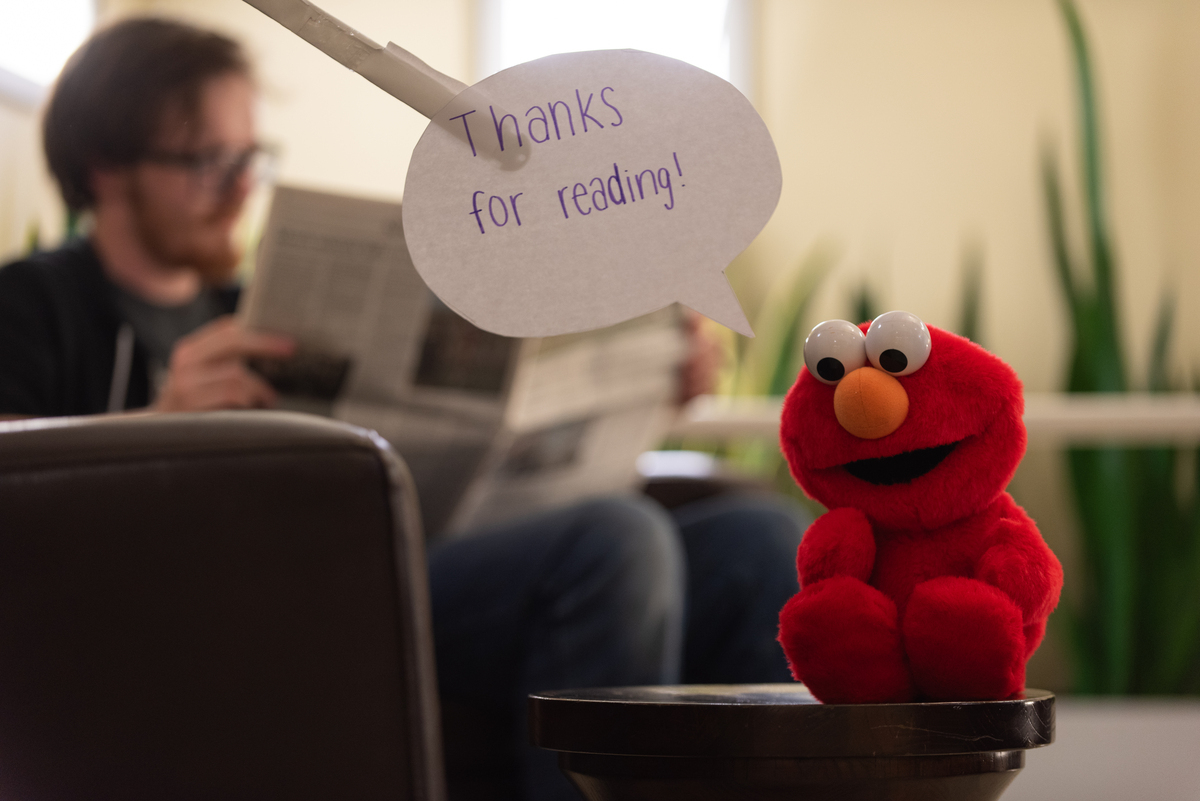For writer Maura Green, Soman Chainani’s “The School for Good and Evil” was a fantastical escape from reality.
Bookmarked: Fantasy Fairytales Are My One True Love

Throughout my childhood, October was defined by suburban drives with my grandma to admire the neighbors’ elaborate Halloween decorations and catching the newest “Monstober” Disney Channel Original Movies after school.
However, after sixth grade, Octobers would be different for my family — my mom was diagnosed with breast cancer.
October became a month of regularly wearing pink socks to support my mom’s battle with cancer and a month of discovering Soman Chainani’s series “The School for Good and Evil.” My love for the series became a blissful distraction from my mom’s health issues.
Chainani’s debut novel “The School for Good and Evil” was published in 2013 and has sold more than 3.5 million copies, according to Chainani’s website, but it hasn’t gained the widespread public support it deserves. “A World Without Princes” and “The Last Ever After” subsequently followed in the series’ first arc dubbed “The School Years.” The three stories follow protagonists Sophie and Agatha on their journey to becoming heroes and villains.
The latter half of Chainani’s series — six books in total — makes up the second arc, “The Camelot Years.”These focus on Agatha and legendary King Arthur’s son Tedros ruling Camelot, the kingdom associated with King Arthur.
The original trilogy begins with Sophie and Agatha in Gavaldon, where two children are kidnapped in the night once every four years. One child is often dignified and beautiful — everything a typical prince or princess should be. The second child is everything the first isn’t — unpleasant, talentless and odd.
Once kidnapped, the children are taken to the School for Good and Evil and trained to become a stereotypical fairytale hero or villain.
With her Rapunzel-esque hair and chic style, Sophie is the prototype for any fairytale princess. On the other hand, Agatha is a bug-eyed, washed-up version of the Wicked Witch of the West — minus the warts, green look and annoying cackle.
Yet, on the night of their kidnapping, Agatha lands in the School for Good and the pink-loving Barbie dupe is dropped into the School for Evil.
Upon first glance, the other students and professors at the School for Good and Evil presume Agatha and Sophie were placed in the wrong schools. While the first book is spent attempting to amend this likely mixup, its conclusion reveals Agatha is revealed as purely good with her care for others, whereas Sophie’s outer appearance masked her inherently evil soul.
Sophie and Agatha fall to the common peril of two best friends in young adult novels — letting a boy rip the seams of their friendship. School for Good’s Tedros of Camelot — as egotistical and charming as Flynn Ryder from “Tangled” — falls for Sophie and despises Agatha at the series’ onset. Following the typical star-crossed lovers trope, Tedros and Sophie pursue a relationship across the rivalrous schools.
As Agatha’s goodness begins to shine through her looks, Tedros falls in love with her, causing a rift between the two best friends and leading Sophie into a spiraling frenzie.
Chainani’s decision to pair Agatha and Tedros together for the latter half of the series refreshingly contrasts the typical hyper-feminine lead getting the boy of her dreams.
Despite the magic and love stories expected of a fantasy series, “The School for Good and Evil” redefines fairy tale tropes. In the book’s Trial by Tale — a competition reminiscent of the TriWizard Tournament in “Harry Potter and the Goblet of Fire” — Agatha saves Tedros and defies the expectation of a damsel always needing to be saved.
Unlike many Disney princess stories, Chainani made the brilliant decision of having the classic true love’s kiss be platonic and shared between Sophie and Agatha, celebrating the bond of friendship.
Chainani’s writing woos the reader into the enthralling world of fantasy. Sophie and Agatha’s friendship is complex yet sincere, making it all the more attractive to readers.
As an easy read for grades four through eight, this series is a classic for fantasy lovers and a thrilling re-read — something I did many times throughout my mom’s cancer journey. The series’ intensity and exhilaration disguised the turbulence of my life at home, providing me with another world to reside in during this part of my childhood.
Featured image courtesy of Soman Chainini










